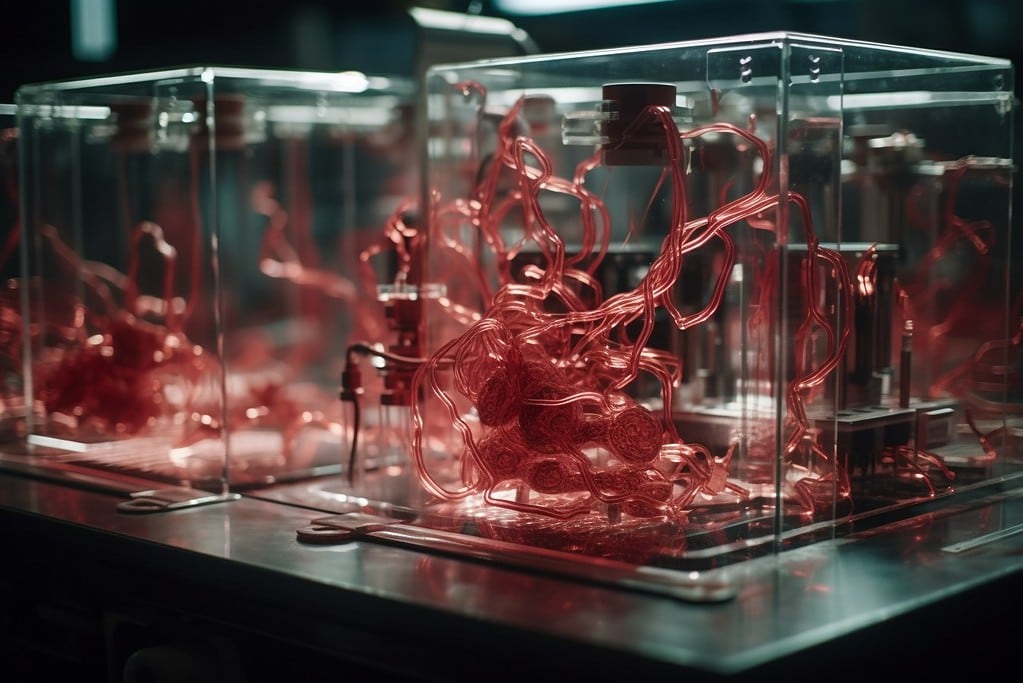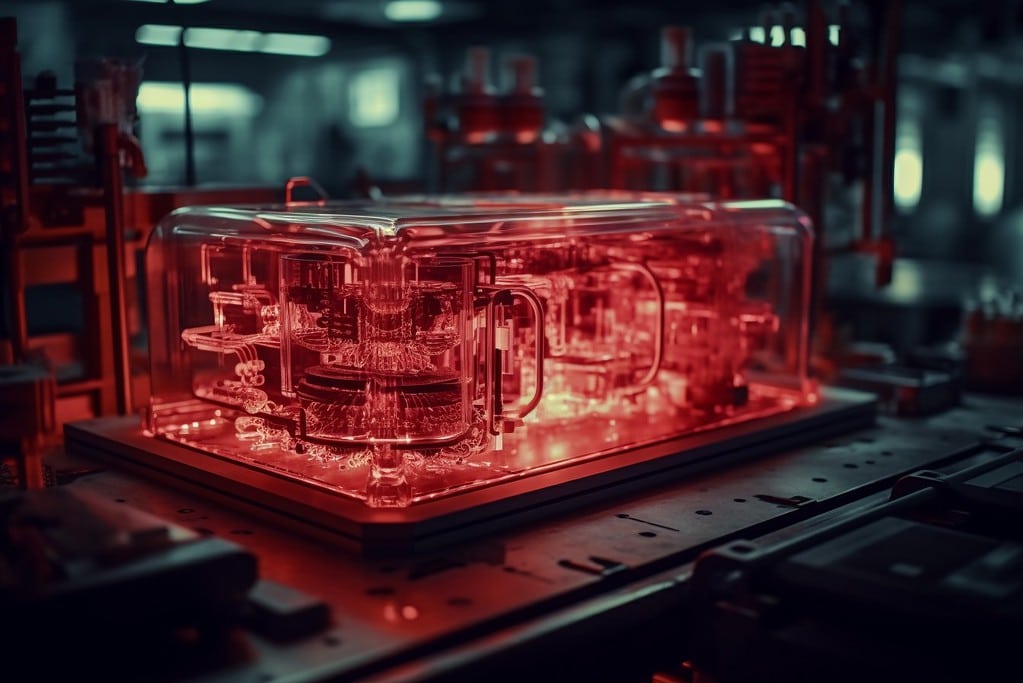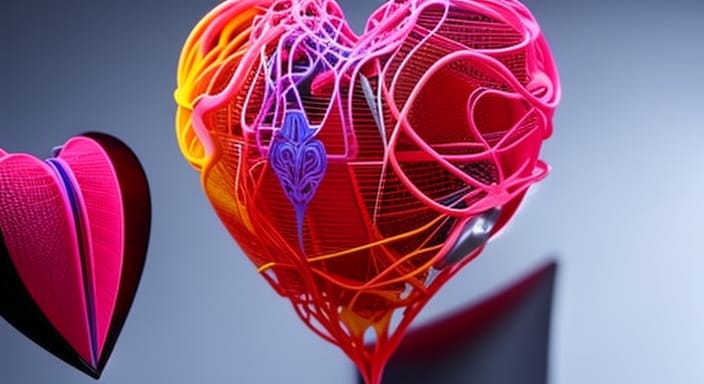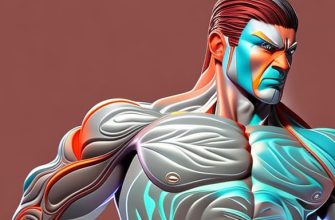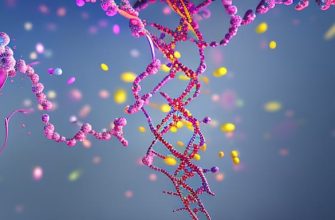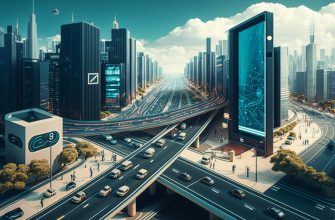Introduction of 3D-printed organs
The world of medicine has experienced groundbreaking advancements in recent years, and the development of artificial organs through 3D printing technology has been one of the most notable achievements.
This revolutionary approach to organ transplantation promises to address the increasing demand for organs, decrease waiting times, and save countless lives.
This article will explore the progress made in creating artificial organs, the advantages this technology offers, and the challenges that still need to be overcome to bring this innovation to mainstream healthcare.
A New Frontier in Organ Transplantation
Organ transplantation has been a critical medical procedure for decades, offering life-saving treatment to patients suffering from organ failure. However, the demand for donor organs far exceeds the supply, resulting in long waiting lists and many deaths.
3D printing technology has emerged as a potential solution to this global issue by enabling the creation of artificial organs using biocompatible materials and living cells.
Bioprinting – The Building Blocks of Artificial Organs
Bioprinting, a subset of 3D printing technology, is the key to creating artificial organs. This process involves the precise layering of bio-ink, a material of living cells, to build complex structures resembling human organs.
The bio-ink is often combined with biocompatible scaffolds, which provide support and a suitable environment for the cells to grow and differentiate into the desired organ tissue.
Advancements and Success Stories
The potential of 3D printing technology in organ transplantation has been demonstrated in several successful cases. Researchers have made significant strides in developing artificial blood vessels, heart valves, and even entire bladders.
In 2019, scientists from Tel Aviv University successfully printed a small-scale, functional heart complete with blood vessels, ventricles, and chambers. Although the heart was smaller than a human’s and not yet suitable for transplantation, it marked a significant milestone in the field.
| Achievement | Description |
|---|---|
| Artificial Blood Vessels | Researchers have successfully printed blood vessels capable of transporting blood throughout the body. |
| Heart Valves | Functional heart valves have been created using bioprinting, showing promise for future heart transplantations. |
| Entire Bladders | Scientists have successfully bioprinted entire bladders, marking a significant milestone in the field. |
| Small-scale, functional heart | A functional, small-scale heart was printed by Tel Aviv University researchers, complete with blood vessels, ventricles, and chambers. |
Advantages of 3D-Printed Organs
Creating artificial organs through 3D printing technology offers numerous advantages over traditional organ transplantation. Some of the most notable benefits include:
- Eliminating organ waiting lists: The ability to create artificial organs on demand could significantly reduce waiting times and save countless lives.
- Reduced risk of rejection: Since the bio-ink can be derived from the patient’s cells, the risk of organ rejection is minimized.
- Customization: Artificial organs can be tailored to match patients’ needs and anatomical requirements.
- Ethical considerations: Using 3D-printed organs could potentially eliminate the need for human donors, addressing ethical concerns surrounding organ donation.
Challenges and Future Outlook
While 3D printing technology has shown great promise in creating artificial organs, several challenges must be addressed before it becomes a widespread solution in healthcare. These include improving the scalability of the process, ensuring the long-term functionality of printed organs, and addressing regulatory and ethical concerns.
| Challenge | Description |
|---|---|
| Scalability | Current bioprinting processes need to be optimized to produce larger, more complex organs faster. |
| Long-term functionality | Ensuring that 3D-printed organs can function properly over time and withstand the human body’s demands. |
| Regulatory concerns | Establish clear regulations and guidelines for developing, testing, and implementing artificial organs. |
| Ethical concerns | Addressing ethical questions surrounding the use of 3D printed organs, such as the potential for unequal access and misuse of the technology. |
Frequently Asked Questions
What is bioprinting?
What are the advantages of 3D-printed organs?
What are the main challenges in creating artificial organs through 3D printing technology?
What is bio-ink?
Has a functional 3D-printed organ been transplanted into a human?
How long will it take for 3D-printed organs to become mainstream in healthcare?
- https://edition.cnn.com/2022/06/10/health/3d-printed-organs-bioprinting-life-itself-wellness-scn/index.html
- https://www.medicaldevice-network.com/comment/3d-printed-organs-affordability/
- https://fortune.com/well/2023/02/15/3d-printed-organs-may-soon-be-a-reality/
- https://healthnews.com/health-conditions/genetic-disorders/3d-printed-organs-the-future-of-organ-transplantation/
- https://www.3dnatives.com/en/bioprinting-projects-3d-printed-organs-070420205/
